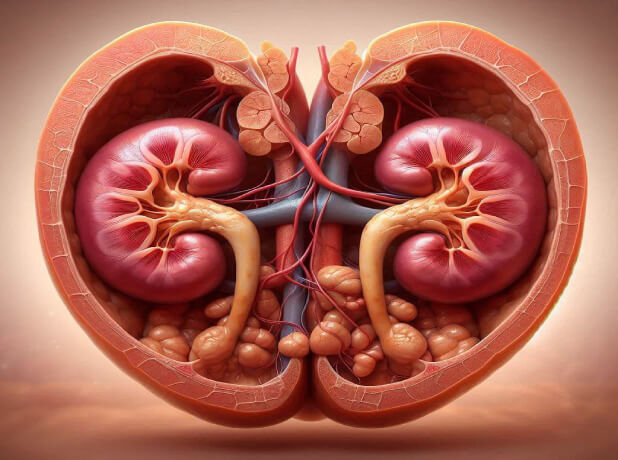This retrospective cohort study evaluates the validity of the Renal Angina Index (RAI) in predicting acute kidney injury (AKI) in 272 patients receiving extracorporeal membrane oxygenation (ECMO) support. The findings show that 56.9% of patients present with renal angina. This condition is significantly associated with the use of vasoactive agents like norepinephrine (odds ratios [OR]: 4.54; 95% confidence interval [CI], 2.42–8.53; p < 0.001), oxygen debt (OR: 1.15; 95% CI, 1.03–1.07; p < 0.001), veno-arterial extracorporeal membrane oxygenation (VA-ECMO) therapy (OR: 3.99; 95% CI, 2.14–7.40; p < 0.001), and pre-ECMO potassium levels (OR: 3.14; 95% CI, 2.05–4.82; p < 0.001). Ultimately, 81.9% of patients develop AKI, 50.3% require renal replacement therapy (RRT), and 41.3% die. The RAI demonstrates a good predictive ability for developing AKI, with an area under the receiver operating characteristic curve (AUROC) of 0.756 (95% CI, 0.70–0.80). Its performance is moderate for predicting AKI severity progression (AUROC: 0.604) and the need for RRT (AUROC: 0.615). The authors conclude that RAI is a reliable and practical early clinical tool to identify ECMO patients at high risk for AKI and its complications.
We use cookies to provide you with the best possible user experience. By continuing to use our site, you agree to their use. Learn more

